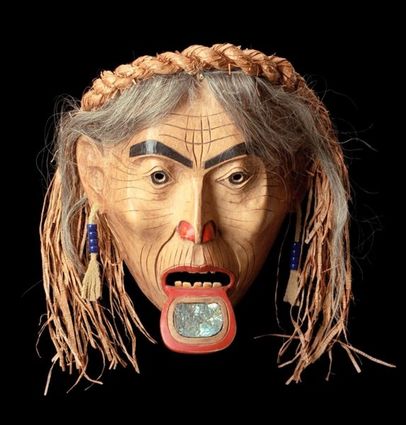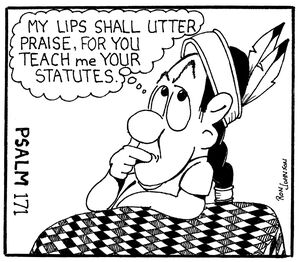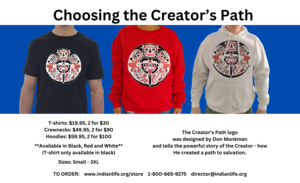First major museum exhibition devoted to Native women
Last updated 8/20/2019 at 3:50pm

Art Gallery of Ontario, Toronto
Christi Belcourt (Métis). The Wisdom of the Universe, 2014. Acrylic on canvas.
NASHVILLE, Tenn.-The Frist Art Museum presents Hearts of Our People: Native Women Artists, the first major museum exhibition exclusively devoted to Native women artists from all over the United States and Canada, ranging across time and media. Organized by the Minneapolis Institute of Art (Mia) and developed in cooperation with leading Native artists and historians, the groundbreaking exhibition offers multiple perspectives to enhance understanding of Native art practices. Hearts of Our People will be on display in the Nashville museum from September 27, 2019, through January 12, 2020.
Many curators feel women have long been the creative force behind Native art; however, their cultural contributions have been overlooked historically. Hearts of Our People not only helps visitors understand the traditional role of Native women artists in serving the cultural, economic, diplomatic and domestic needs of their communities, but also goes beyond the longstanding convention of treating these artworks as unattributed representations of entire cultures. The contemporary works on view highlight the intentionality of the individual artist and demonstrate how artists have been influenced by the preceding generations.
The exhibit features approximately 115 objects made from ancient times to the present, including traditional textiles, baskets, beadwork, and pottery, as well as painting, photography, sculpture, video, and installation art. The works are drawn from Mia's permanent collection and loans from more than 30 institutions and private collections.
The exhibition is organized by Jill Ahlberg Yohe, PhD, associate curator of Native American Art at Mia, and Teri Greeves, an independent curator and artist and member of the Kiowa Nation. During each step of the curatorial process, the curators worked closely with an all-women exhibition advisory board, which they established to provide knowledge and insights from a wide range of nations. The panel comprises 21 Native and non-Native scholars from across North America, as well as Native artists, some of whose work is included in the exhibition and accompanying catalogue. The panel worked collaboratively to develop the major themes of the exhibition and advise on the objects selected, as well as to determine the structure and content of the catalogue, programming, and community engagement activities.
The exhibition is organized into three core themes: Legacy, Relationships, and Power. In Legacy, visitors will see ways in which Native women artists acknowledge their lineage while simultaneously addressing the present and speaking to the future. For example, Rose Simpson (b. 1983) customized her 1985 El Camino to evoke the blackware style of Pueblo pottery made famous decades ago by Maria Martinez (1887–1980), paying homage to a traditional design, while also transforming the vehicle into an empowering and modern identity statement.
Relationships presents examples of how bonds exist within the human community and beyond to include animals, the weather, the earth and other entities the Western world does not typically recognize as having volition. Métis artist Christi Belcourt (b. 1966) hopes that paintings like Wisdom of the Universe will remind viewers of the interconnected nature of existence on this planet. The highly detailed depictions of an array of vegetation inhabited by small insects and birds (all of which are on Canadian endangered lists) evoke First Nations beadwork art. Belcourt encourages us to abandon unsustainable paths in favor of an abiding relationship with the earth.

Royal BC Museum and Archives
Freda Diesing (Haida). Mask, Old Woman with Labret, 1974. Alderwood, paint, hair, cedar bark, abalone, glass beads, moose hide, and bone or plastic.
The third section of the exhibition, Power, includes works created for diplomatic purposes and to express the power of older women within a community. The mask made by Haida artist Freda Diesing suggests the woman's status through the abalone shell adornment and her lip piercing, or labret. The hand-carved work also reveals the power of women as artists. While anthropologists and art historians have historically identified Haida carving as a male activity, Diesing defied these assumptions and brought a greater awareness to the fact that women have long created carvings in the Northwest.
"Throughout the exhibition, visitors will see similarities across cultures and communities, but they will also notice many differences," says Frist Art Museum Curator Katie Delmez. "Native Americans are not a monolithic group, and each tribe, nation, or community has its own unique culture, history, and present. Perhaps most important, each Native artist, like artists the world over, brings her own life experience, skill and individual style to her art."








